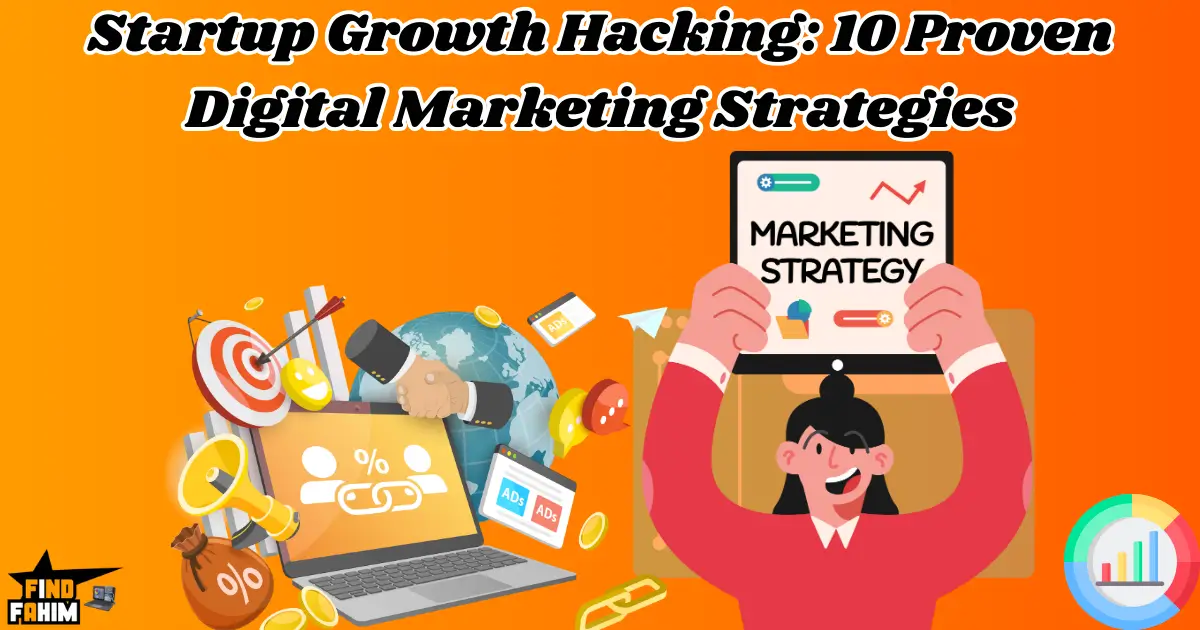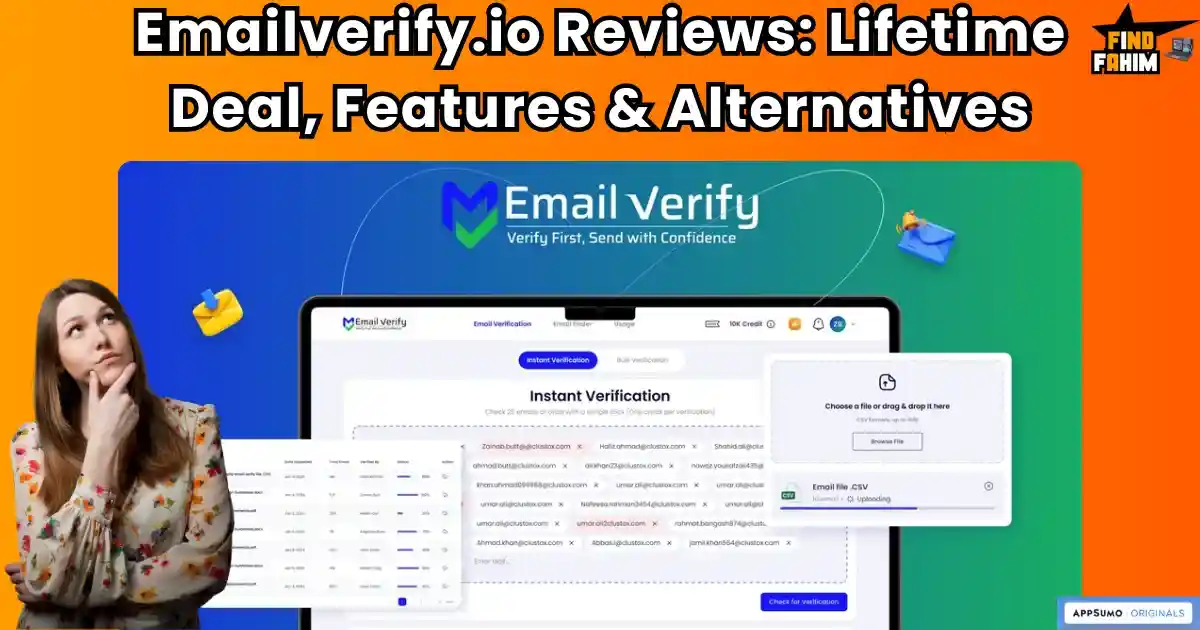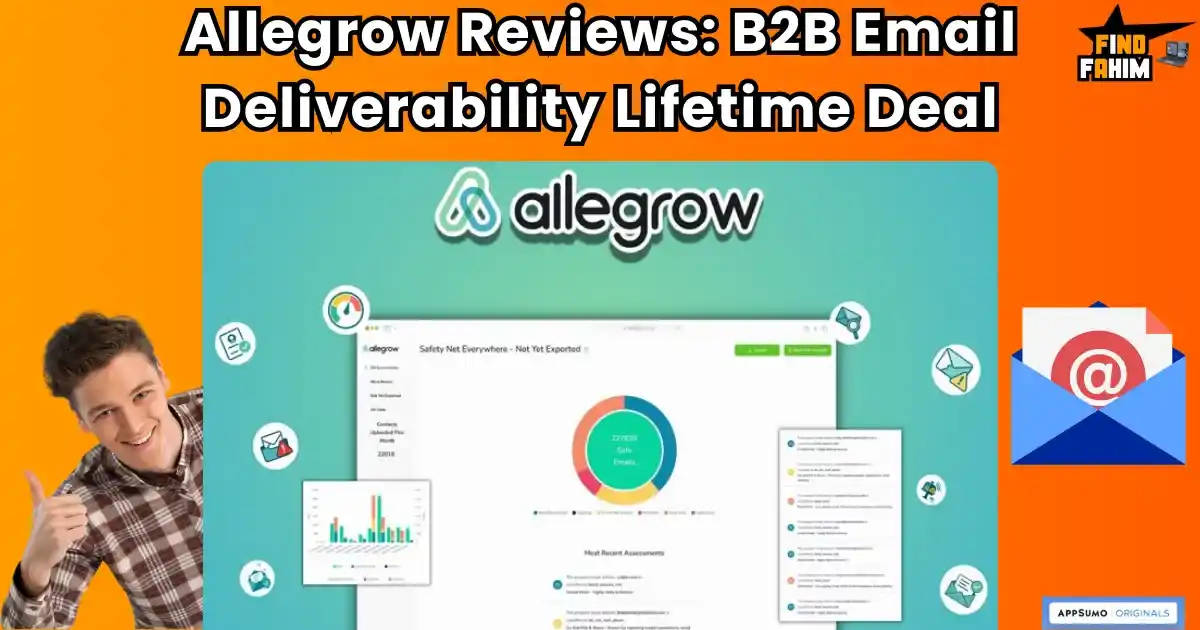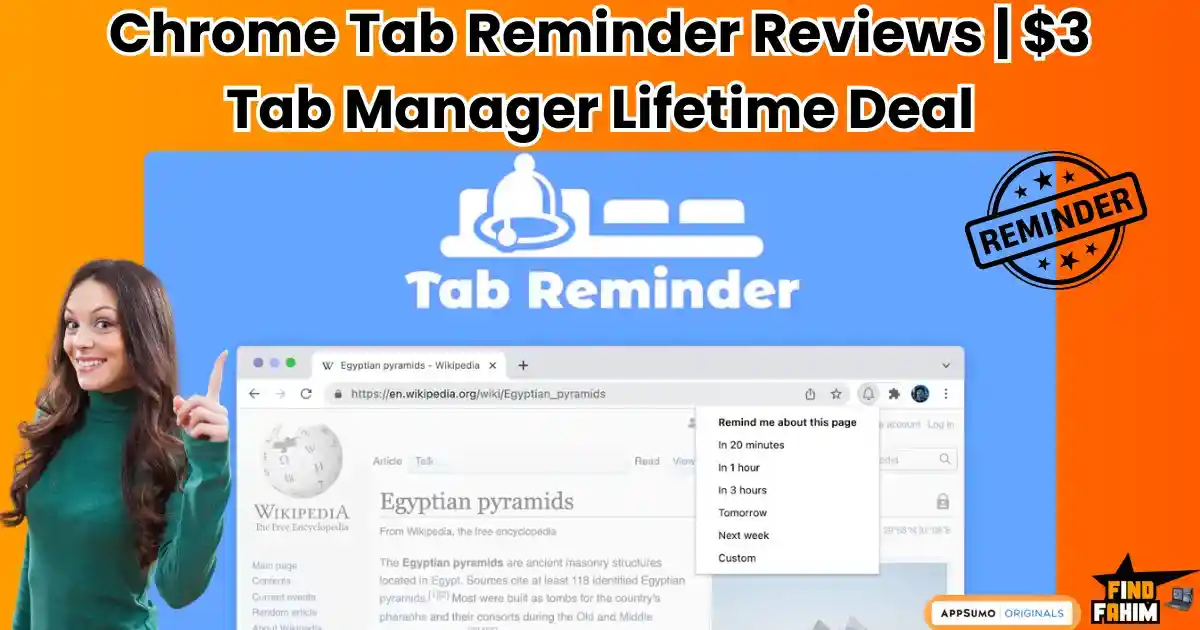Starting a business today is more competitive than ever. With thousands of startups launching every day, the biggest challenge isn’t just creating a fantastic product—it’s getting people to notice and trust your brand.
I remember starting my first digital marketing journey. I had no budget, established audience, or idea where to begin. I quickly realized that traditional marketing methods wouldn’t work for a startup with limited resources, so I had to find creative and cost-effective ways to grow.
After months of trial and error, I uncovered Startup Growth Hacking strategies that helped my startup gain traction without breaking the bank. These approaches have also enabled countless businesses to grow faster, even in today’s crowded digital landscape.
In this guide, you’ll learn ten proven digital marketing strategies that can help your startup:
- Attract the right audience organically
- Build a strong brand presence
- Generate leads and sales without massive ad spend
Let’s dive in.
Table of Contents
Toggle1. Content Marketing for Organic Growth or Startup Growth Hacking
How I Got 1,000+ Visitors from My First Blog Post
When I published my first blog post, I had no idea what to expect. It was a simple industry guide with no paid promotion, but within a month, it had attracted over 1,000 visitors.

What made it work?
- I focused on solving a real problem for my target audience.
- I chose a low-competition keyword that people were searching for.
- I promoted it in relevant online communities.
This experience showed me that content marketing is one of the most powerful tools for startup growth.
Why Content Marketing is Essential for Startups
A well-planned content strategy helps startups in three key ways:
- Builds Authority – Consistently publishing valuable content positions your brand as a trusted expert in your industry.
- Drives Organic Traffic – SEO-optimized content brings in free, long-term traffic from search engines.
- Generates Leads – High-value content attracts potential customers and nurtures them into buyers.
How to Implement a Content Marketing Strategy
Step 1: Identify What Your Audience Wants
Use tools like Ahrefs, Google Keyword Planner, or AnswerThePublic to find topics your audience is searching for.
Step 2: Create High-Quality, SEO-Optimized Content
Write blog posts, create video content, and design infographics that address common pain points.
Step 3: Distribute and Repurpose Your Content
- Share your blog posts on LinkedIn, Twitter, and industry forums.
- Convert articles into short-form videos for Instagram or YouTube.
- Repurpose blog content into newsletters to engage subscribers.
Case Study: How a Startup Scaled with Content Marketing
A small SaaS company started publishing weekly blog posts focused on customer pain points. Within a year, they:
- Increased their organic traffic by 300%
- Reduced their customer acquisition cost by 50%
- Generated 60% of their sales through organic search
This shows that consistent, strategic content creation can drive sustainable growth for startups.
Action Step: Start by writing one high-quality blog post per week that is optimized for search and focused on audience needs.
2. Build a Community Around Your Brand
How a Small Facebook Group Turned into a Growth Engine
I created a small Facebook group for like-minded entrepreneurs, expecting only a few members. But within months, it grew to over 500 active users. More importantly, it became a valuable space for discussions, networking, and customer engagement.

Why Communities Matter for Startups
A strong community creates loyal customers who:
- Actively engage with your brand
- Share your products through word-of-mouth
- Provide feedback that helps improve your offering
How to Build a Startup Community
Step 1: Choose the Right Platform
- B2C brands: Facebook Groups, Instagram, Discord
- B2B brands: LinkedIn Groups, Slack
Step 2: Provide Real Value
- Share industry insights, case studies, and behind-the-scenes updates.
- Host live Q&A sessions or discussions to keep the community engaged.
Step 3: Recognize and Engage Members
- Highlight active community members.
- Run small giveaways or exclusive offers for contributors.
Case Study: How a Startup Built a 10K-Member Community
A fintech startup launched a Discord group focused on personal finance tips. By consistently sharing valuable insights and engaging with users, they:
- Grew their community to 10,000+ members
- Generated 60% of their leads through word-of-mouth
- Reduced customer support costs by answering FAQs within the group
This example proves that an engaged community can drive organic growth and long-term brand loyalty.
Action Step: Choose a platform and start engaging your audience with valuable discussions and insights.
3. Use Social Media Ads Wisely
How I Turned $50 Into $500 with My First Instagram Ad
I was hesitant to spend money on ads at first. But one day, I decided to test a simple Instagram ad with just $50.
Results? It brought in $500 in sales.
What worked?
- I targeted a highly relevant audience.
- I used a video ad with a clear call-to-action.
- I retargeted people who had already visited my website.
This showed me that social media ads can be incredibly effective—if done right.

How Startups Can Run Effective Social Ads
Step 1: Start Small and Test
- Begin with $5–$10/day to test different ad creatives and audiences.
- Analyze performance before scaling up.
Step 2: Target the Right Audience
- Use Lookalike Audiences to reach people similar to your best customers.
- Retarget website visitors and social media engagers.
Step 3: Track Key Metrics
- CTR (Click-Through Rate): Are people clicking on your ads?
- CPC (Cost-Per-Click): Are you getting affordable engagement?
- ROAS (Return on Ad Spend): Is your ad budget generating profit?
Case Study: A Startup’s $5,000 ROI from Facebook Ads
A direct-to-consumer brand spent $500 on Facebook retargeting ads and generated $5,000 in revenue by:
- Using customer testimonials in ads
- Running a limited-time discount
- Optimizing their landing pages for conversions
This proves that smart targeting and compelling ad creatives can lead to high returns, even with a small budget.
Action Step: Launch a small $10/day social media ad campaign, track performance, and optimize as you go.
4. Master the Art of Email Marketing
Why Email Marketing is Still One of the Most Powerful Growth Tools
There’s something special about a well-crafted email landing directly in a customer’s inbox. Unlike social media posts that get lost in an endless scroll, emails offer a direct, personal, and distraction-free way to connect with your audience.
When I first started using email marketing, I didn’t think much of it. But after launching my first automated email sequence, I saw a 30% increase in customer engagement. People were opening, clicking, and responding. That’s when I realized the power of a great email strategy.
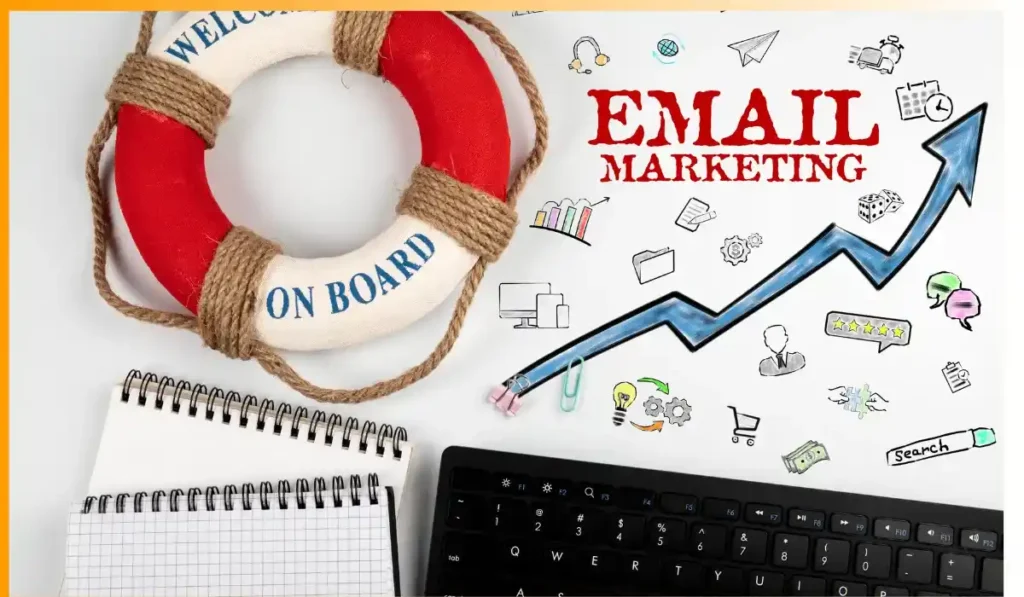
Why Startups Need Email Marketing
- Low Cost, High ROI—Unlike paid ads, email marketing requires little investment but delivers a high return on investment.
- Builds Customer Loyalty – A consistent email strategy keeps your brand top of mind.
- Highly Measurable – You can track opens, clicks, and conversions to refine your approach.
How to Get Started with Email Marketing
Step 1: Build an Email List the Right Way
Start by offering a lead magnet—a free resource like an eBook, checklist, or exclusive discount in exchange for an email sign-up.
Step 2: Use Automation Tools to Scale
Platforms like Mailchimp, ActiveCampaign, or ConvertKit let you send automated welcome emails, nurture sequences, and promotional campaigns.
Step 3: Write Emails People Want to Open
- Craft compelling subject lines (e.g., “The #1 Mistake Most Startups Make”)
- Keep it short and valuable—get to the point fast.
- Include a clear CTA (call-to-action) directing readers to take the next step.
Case Study: A Startup’s Success with Email Marketing
A small e-commerce startup implemented a simple email sequence for abandoned carts. Within three months, they recovered 20% of lost sales, proving that a well-structured email strategy can drive real business growth.
Action Step: If you haven’t started email marketing yet, create a simple welcome email and a basic nurture sequence to engage subscribers.
5. Optimize Your Website for Conversions
How a Simple Website Change Increased Sign-Ups by 40%
I used to think my website was good enough—until I made a few small changes and saw a 40% jump in sign-ups.
What changed?
- I simplified my homepage messaging.
- I improved my CTA buttons.
- I made the site mobile-friendly.
Why Website Optimization Matters for Startups
Your website is more than just an online presence—it’s your salesperson. If visitors don’t find it user-friendly, they’ll leave without taking action.
Key Areas to Focus On
- Clear Messaging and Value Proposition
Within 5 seconds, visitors should understand what you offer and why it matters. - Use Heatmaps to Improve UX
Tools like Hotjar and Crazy Egg show where users are clicking and where they drop off. - Mobile Optimization is Non-Negotiable
Over 50% of web traffic comes from mobile users. Ensure your site loads fast and looks great on all devices. - A/B Test Everything
- Test different headlines, images, and CTAs.
- Optimize landing pages based on real user behavior.
Case Study: A Startup’s Website Optimization Success
A SaaS company changed one headline on its landing page, which increased sign-ups by 25%. This proves that small tweaks can lead to big wins.
Action Step: Test your homepage with a fresh set of eyes. Is your messaging clear? Are CTAs visible and compelling? Make small improvements and track the results.
6. Partner with Influencers in Your Niche
How a Micro-Influencer 10x’d My Brand’s Engagement
I once collaborated with a micro-influencer—someone with around 10,000 followers—and the results blew me away. Their post about my product got 10x more engagement than anything I posted myself.

Why Influencer Marketing Works for Startups
- Instant Trust & Credibility – People trust recommendations from real people over ads.
- Access to Niche Audiences – The right influencer can introduce your brand to highly targeted potential customers.
- More Cost-Effective Than Ads – Influencer partnerships often deliver better ROI than traditional paid ads.
How to Find the Right Influencers
- Use Upfluence, Heepsy, or Hype Auditor to discover niche influencers.
- Look for influencers with engaged (not just large) audiences.
Negotiating a Win-Win Partnership
- Offer free products in exchange for a review.
- Set clear expectations about the type of content you need.
- Track performance to ensure real engagement, not just vanity metrics.
Case Study: Influencer Marketing in Action
A direct-to-consumer (DTC) brand partnered with five micro-influencers for a product launch. The result?
- 30% increase in social media engagement
- 15% boost in sales within the first month
Action Step: Identify one or two micro-influencers in your niche and reach out with a collaboration offer.
7. Focus on Local SEO
How Google My Business Boosted My Startup’s Visibility
At first, I overlooked local SEO. But once I optimized my Google My Business (GMB) listing, things changed. Suddenly, I was ranking for local searches, and foot traffic to my pop-up events tripled.
Why Local SEO Matters for Startups
Even if you operate online, ranking in local search results can give your startup a competitive edge.
How to Optimize for Local SEO
- Set Up and Optimize Google My Business
- Add accurate business details (address, phone number, hours).
- Upload high-quality photos of your business/products.
- Update regularly with posts and special offers.
- Collect and Respond to Reviews
Encourage satisfied customers to leave authentic reviews—they help boost your local ranking. - Use Location-Specific Keywords
- Include terms like “best [your service] in [your city]” in your content.
- Add location-based landing pages if you serve multiple areas.
Case Study: A Local Startup’s SEO Success
A small fitness studio optimized its Google My Business listing and started appearing for “best gym near me” searches. Within six months, they:
- Increased website visits by 70%
- Gained 50+ new memberships through organic search
Action Step: If you haven’t claimed your Google My Business profile, do it today and start optimizing for local searches.
8. Run Referral Programs to Attract New Customers
How a Simple Referral Program Brought in 200 Customers in Two Months
When I first launched my startup, I struggled with marketing costs. Ads were expensive, and organic reach was slow. Then, I decided to try referral marketing—and it turned out to be one of the best decisions I ever made.
We set up a simple “Give $10, Get $10” referral program, and within two months, we gained 200 new customers. The best part? It cost almost nothing because we only rewarded referrals after a successful purchase.

Why Referral Marketing Works for Startups
- People trust recommendations from friends more than ads.
- Lower cost per acquisition compared to paid advertising.
- Encourages word-of-mouth marketing, which has long-term benefits.
How to Set Up an Effective Referral Program
1. Offer Attractive Rewards
The incentive has to be valuable but still profitable for you. Some ideas:
- Cash or store credit (e.g., “Refer a friend and get $10 off”).
- Discounts or freebies (e.g., “Give 15% off, get 15% off”).
- Exclusive perks (e.g., “Get early access to new products”).
2. Use Referral Software to Automate the Process
Tools like ReferralCandy, Post Affiliate Pro, or Yotpo make it easy to track referrals and issue rewards.
3. Promote Your Referral Program Everywhere
- Feature it on your website (homepage, checkout page, emails).
- Mention it in your social media posts and newsletters.
- Encourage happy customers to share their referral links.
Case Study: A Startup That Scaled with Referrals
A meal delivery startup ran a simple referral campaign offering a free meal for every successful referral. Within six months, 40% of their new customers came from referrals, cutting their ad spend in half.
Action Step: If you haven’t already, set up a basic referral program with an easy-to-understand reward system.
9. Embrace Video Marketing
How My First Marketing Video Got 5,000 Views in a Week
I used to think video production was expensive and complicated. But when I created a simple, 60-second explainer video, I was shocked—it hit 5,000 views in just one week. That’s when I realized video marketing isn’t optional anymore—it’s essential.
Why Video Content is Dominating in 2025
- People engage with video more than any other content format.
- Social media platforms prioritize video content, giving it better organic reach.
- Videos increase conversions, with landing pages featuring videos converting 80% better than text-only pages.
Types of Videos Startups Should Create
- Explainer Videos – Introduce your product/service in a simple, engaging way.
2. Customer Testimonials – Real people sharing real experiences build trust.
3. Behind-the-Scenes Content – Showcase your team, process, or product creation.
4. Live Streams & Webinars – Answer questions, demonstrate products, or share insights in real-time.
Best Tools for Easy Video Creation
- Canva – Great for making quick promo videos.
- Vidyard – Perfect for hosting and tracking video performance.
- Description – Helps with easy video editing and subtitles.
Case Study: A Startup’s Success with Video Marketing
A SaaS startup added a 30-second product demo video to their homepage and saw a 22% increase in sign-ups within a month. Video isn’t just a trend—it’s a conversion booster.
Action Step: Create a short, engaging video about your startup and post it on your homepage and social media.
10. Experiment with Guerrilla Marketing
How a Few Stickers in Cafés Went Viral
One day, I printed quirky, eye-catching stickers promoting my startup and left them in popular coffee shops around the city. A week later, I saw people posting photos of the stickers on Instagram, tagging my brand. The buzz was real, and we gained hundreds of new website visits—all for the cost of printing stickers.
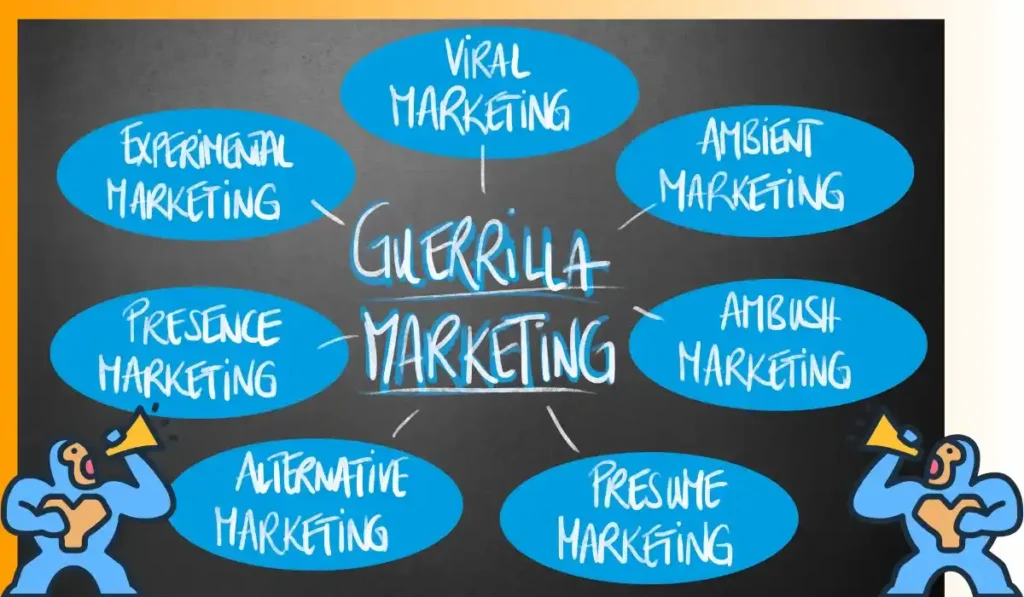
What is Guerrilla Marketing and Why Does it Work?
Guerrilla marketing is about using unconventional, low-cost tactics to create buzz. It’s especially useful for startups because it allows you to stand out without big budgets.
Examples of Low-Cost, High-Impact Guerrilla Marketing Campaigns
- Street Art or Murals – Brands like Nike have painted murals in major cities, gaining thousands of social shares.
- Flash Mobs or Public Stunts – A unique live experience can go viral.
- Mysterious Teasers – Dropping cryptic posters or social media hints about a product launch can spark curiosity.
Tips for a Successful Guerrilla Marketing Campaign
- Be Bold & Creative – The more unexpected, the better.
- Leverage Social Media – Encourage people to share your campaign.
- Keep Costs Low – The beauty of guerrilla marketing is that it doesn’t require big spending.
Case Study: A Small Brand That Went Viral with Guerrilla Marketing
A local bakery started a “Free Cookie Fridays” promo—but here’s the catch: You had to say the secret phrase posted on their Instagram Story to get the free cookie. The result? Their Instagram following tripled in a month, and foot traffic to the store skyrocketed.
Action Step: Brainstorm a low-cost, creative marketing stunt and test it out in your city or online.
Conclusion: Your Growth Hacking Journey Starts Now
Building a successful startup in 2025 isn’t just about having a great idea—it’s about smart execution and strategic marketing. Throughout this guide, we’ve covered 10 proven growth hacking strategies, including:
- Use AI for Smarter Marketing
- Harnessing the Power of Content Marketing
- Using Social Media to Drive Engagement
- Mastering Email Marketing for Customer Retention
- Optimizing Your Website for Conversions
- Partnering with Influencers to Build Trust
- Focusing on Local SEO for Visibility
- Running Referral Programs for Organic Growth
- Embracing Video Marketing for Higher Engagement
- Experimenting with Guerrilla Marketing to Stand Out
Each of these tactics has helped startups grow exponentially, and the best part? You don’t need a massive budget to make them work. With the right mindset, the right tools, and a willingness to experiment, you can attract more customers, increase sales, and scale your business faster than you ever imagined.
What’s Next? Start Small & Scale Up
You don’t have to implement all 10 strategies at once. Instead, start with one that aligns best with your business goals. Test it, measure results, and tweak your approach. Growth hacking is all about experimentation—so don’t be afraid to try new things!
💡 Action Step: Pick one strategy from this guide and apply it today. Let the data guide your next move, and soon, you’ll see the impact of growth hacking on your startup.
FAQs
1. What is growth hacking, and how does it differ from traditional marketing?
Growth hacking focuses on rapid experimentation to find the most effective ways to grow a business quickly. Unlike traditional marketing, which often relies on long-term brand-building, growth hacking uses data, automation, and unconventional strategies to achieve fast, measurable growth.
2. How do I know which growth hacking strategies are right for my startup?
Start by identifying your biggest challenge—do you need more website traffic, better conversion rates, or higher customer retention? Then, choose a strategy that directly addresses that pain point.
- If you need more traffic → SEO, content marketing, influencer partnerships
- If you need higher engagement, → Email marketing, video content, social media
- If you need more conversions, → Website optimization, referral programs
3. What are the best tools for implementing growth hacking tactics?
Some of the best tools used by successful growth hackers include:
- SEO & Content: Ahrefs, SEMrush, Surfer SEO
- Email Marketing: Mailchimp, ActiveCampaign, ConvertKit
- Social Media: Buffer, Hootsuite, Canva
- Website Optimization: Hotjar, Google Analytics, Unbounce
- Referral & Influencer Marketing: ReferralCandy, Upfluence, Heepsy
- Video Creation: Vidyard, Canva, Descript
4. Can growth hacking work with a limited budget?
Yes! Many growth hacking strategies rely on creativity rather than big spending. Some low-cost tactics include:
- Leveraging organic social media instead of paid ads
- Using email marketing to nurture leads for free
- Creating referral programs where customers bring in new business for you
- Optimizing your website for better conversions without spending extra on traffic
5. How do I measure the success of growth hacking campaigns?
The key is tracking metrics that align with your goals. Some important ones include:
- Website Traffic (Google Analytics)
- Conversion Rates (Google Optimize, Unbounce)
- Customer Acquisition Cost (CAC)
- Customer Lifetime Value (CLV)
- Engagement Metrics (likes, shares, comments, email open rates)
6. Is growth hacking suitable for B2B startups?
Absolutely. While many growth hacks are geared toward B2C brands, B2B startups can use tactics like content marketing, LinkedIn outreach, referral programs, and email automation to attract and convert high-value clients.
7. What are some common mistakes startups make when growth hacking?
- Trying to implement too many strategies at once → Focus on 1–2 at a time.
- Not tracking data properly → If you don’t measure results, you can’t improve.
- Ignoring the importance of customer experience → Growth is great, but retention matters too!
- Relying too much on automation → Personalization still wins in marketing.
8. How can I learn more about growth hacking?
There are plenty of resources to help you sharpen your growth hacking skills:
- Books: “Hacking Growth” by Sean Ellis & Morgan Brown
- Courses: Growth hacking courses on Udemy, Coursera, or Growth Tribe
- Podcasts: “Growth Marketing Toolbox,” “The GrowthTLDR Podcast”
9. What role does data play in growth hacking?
Data is the backbone of every successful growth hacking campaign. Without it, you’re just guessing. Tracking user behavior, conversion rates, and engagement metrics allows you to test new ideas and improve your strategies over time.
10. How long does it take to see results from growth hacking efforts?
It depends on the strategy. Some hacks (like optimizing landing pages) can show results in a few weeks, while others (like content marketing and SEO) take months to build momentum. The key is consistent experimentation and iteration.
Growth hacking isn’t a one-time fix—it’s a mindset of continuous improvement. Whether you’re just starting or looking to scale, these strategies can help you drive growth, attract customers, and increase revenue faster than traditional marketing methods.
# Now it’s your turn—choose one strategy, take action, and start hacking your way to success!
Hi, I’m Fahim — a SaaS tools reviewer and digital marketing expert with hands-on experience helping businesses grow using the right software. I research, test, and personally use a wide range of AI, business, productivity, marketing, and email tools for my agency, clients, and projects. I create honest, in-depth reviews and guides to help entrepreneurs, freelancers, startups, and digital agencies choose the best tools to save time, boost results, and scale smarter. If I recommend it, I’ve used it — and I only share what truly works.

